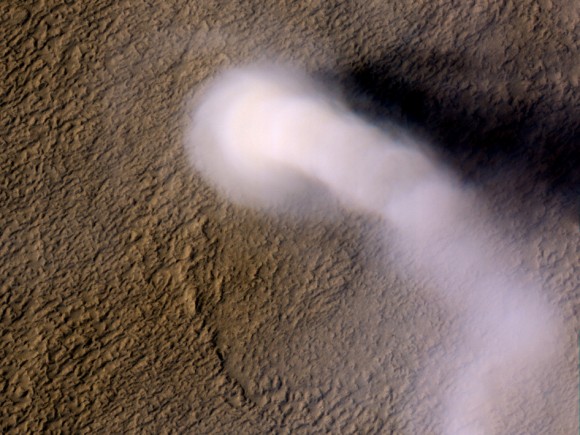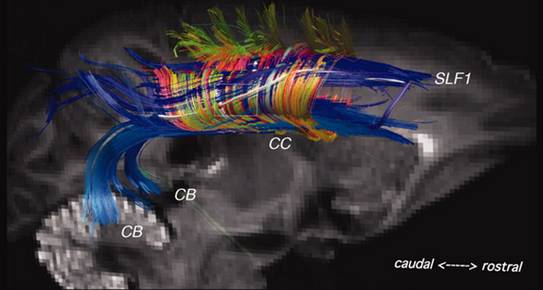
© redOrbit
One in every 30 babies born in the United States in 2009 was a twin, a dramatic increase from the one-in-53 babies born a twin in 1980, a new study finds.
Researchers attribute the rise in twin birth rates, in part, to the growing number of women having children at older ages, and the expanding availability of fertility treatments.
"Prior to 1980, the incidence of U.S. twin births was stable at about 2 percent of all births, but it has risen dramatically in the past three decades," said Barbara Luke, a researcher at Michigan State University's College of Human Medicine's Department of Obstetrics, Gynecology and Reproductive Biology.
While the increase in twin birth rates held true for mothers of all ages, the largest increase was seen among women aged 30 and older.
"Older maternal age accounts for about one-third of the rise, and two-thirds is due to the increased use of fertility treatments," including both assisted reproductive technologies and ovulation stimulation medications.



Comment: And there's this one: Global Network Of Telescopes Simulates 6,000-mile Wide Telescope